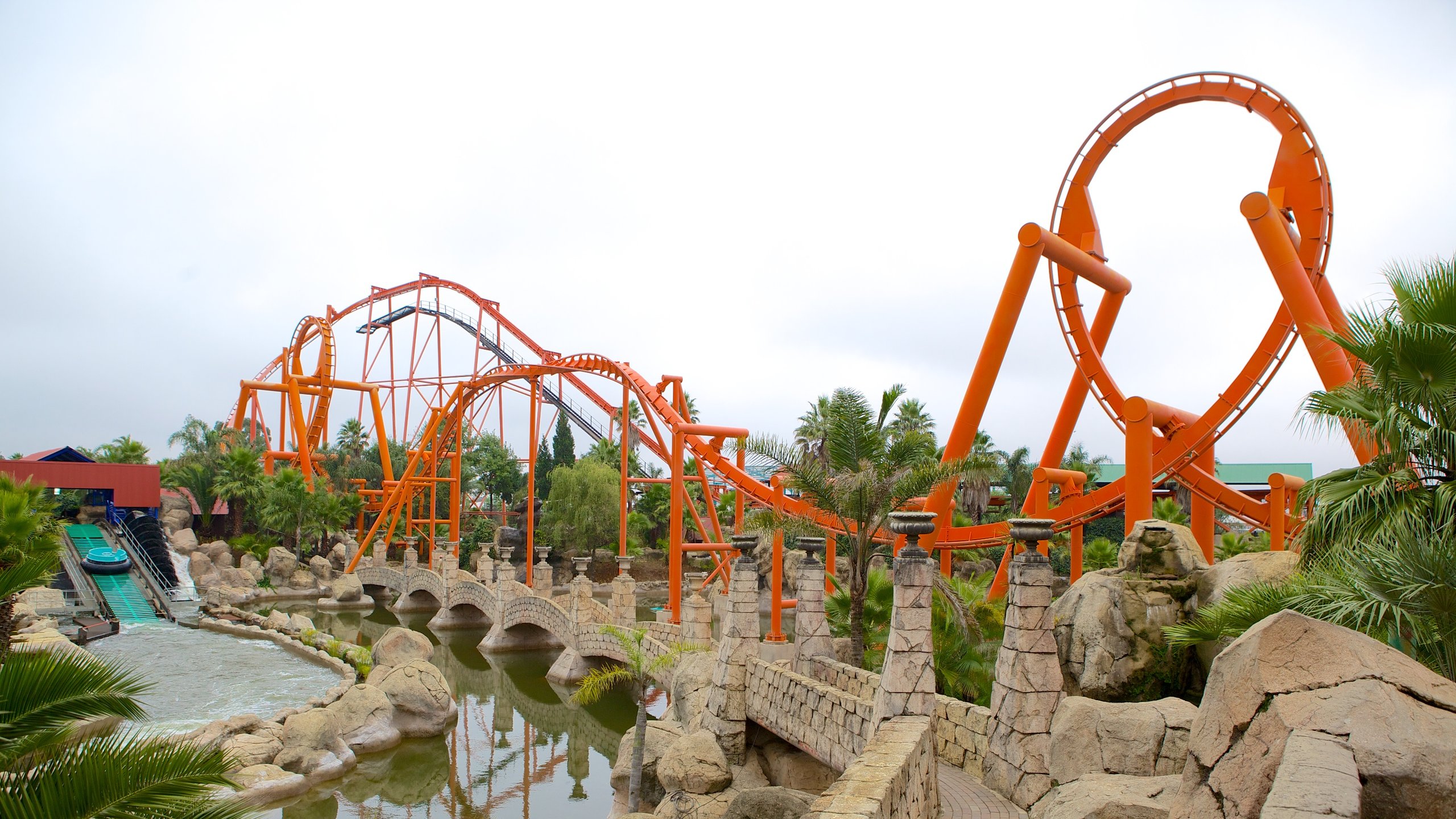Not known Facts About Johannesburg North Attractions
Not known Facts About Johannesburg North Attractions
Blog Article
See This Report on Johannesburg North Attractions
Table of ContentsHow Johannesburg North Attractions can Save You Time, Stress, and Money.Everything about Johannesburg North AttractionsThe Best Guide To Johannesburg North Attractions3 Simple Techniques For Johannesburg North AttractionsTop Guidelines Of Johannesburg North AttractionsSome Ideas on Johannesburg North Attractions You Need To KnowThe Main Principles Of Johannesburg North Attractions
You must keep safety and security in mind and travelers need to stay alert at all times when in unknown environments. Speak with the locals when you are in town to discover the location you are remaining in. Johannesburg North attractions. When on the street (this does not apply to shopping malls and various other safe and secure atmospheres) finest basic advice is to attempt your finest to appear like a regional and to prevent displaying any type of type of riches
Rumored Buzz on Johannesburg North Attractions
Professor Revil Mason O. J. (Thomson, 1946) discovered the Witwatersrand's pre-colonial history. His archaeological work took off the 'em pty land' myth, according to which the region was devoid of human habitation prior to the arrival of European settlers. In his publications Prehistory of the Transvaal: A Record of Human Task (1962) and Origins of Black People of Johannesburg and the Southern Western Central Transvaal AD 3501880 (1986 ), Teacher Mason demonstrated the extent of social and economic growth in the location prior to Europeans established foot right here.

Unknown Facts About Johannesburg North Attractions
In 1878, David Wardrop found gold in quartz veins at Zwartkop, north of Krugersdorp. In 1881, Stephanus Minnaar came across gold on the farm Kromdraai, near the Cradle of Humankind.
In March 1886, a protrusion (quickly to be called the Main Coral reef) was found, rather fortunately, on Gerhardus Oosthuizen's farm Langlaagte. Some state that the Lancastrian coal miner George Walker found this coral reef. Another travelling English miner, George Harrison (who had actually previously functioned in Australian mines) acquired a prospecting licence in regard of Langlaagte in Might 1886.
He made a decision to relocate on in a pursuit for greener pastures, and disposed of his Langlaagte case for the baronial amount of 10. Alas: underneath lay the richest goldfield ever discovered. The discovery of this rich auriferous coral reef provoked a gold rush that indicated the end of agrarian tranquillity in the southerly Transvaal.
It would, within six years, come to be the largest community in southerly Africa. Within a decade, it would make the Z. A. R. up until then an anarchical and insolvent little state the wealthiest country in Africa. By the turn of the century, the Z. A. R. was to exceed Russia, Australia and the United States of America to become the world's leading gold producer, producing even more than a quarter of the world's gold.
Facts About Johannesburg North Attractions Revealed
It was known as Ferreira's Camp, called after Colonel Ignatius Ferreira. He was a Boer adventurer upon whom the British authorities had presented the condition of Friend of one of the most Differentiated Order of St Michael and St George (qualifying him to the post-nominal letters C. M. G.) in gratefulness for his role in the battle that had actually deposed the Pedi king Sekhukhune in 1879.
Two various other camps were developed: Meyer's Camp on the farm Doornfontein, and Paarl Camp. The latter was anchor nicknamed Afrikander Camp; several people from the Cape Colony settled there.

Our Johannesburg North Attractions Statements
This name acquired money by word of mouth, such that the State Secretary verified the name to the Mining Commissioner on 9 October 1886. Stands in the town were auctioned on 8 December 1886. While some stands were cost 10, others were torn down for just sixpence.
Two years later on, these erven were to alter hands for as much as 750 each. The tented camps dwindled as a dorp of corrugated iron buildings created and expanded north of the mines located along the Key Coral Reef Roadway. Areas such as Jeppe's Town (where working-class immigrants erected their homes) and Doornfontein (where the wealthy new 'Randlords' began to build their opulent residences) were quickly contributed to the ever-expanding map of the town.
10 Simple Techniques For Johannesburg North Attractions
In addition to the road names, there were no indications of Johannesburg being positioned in a Dutch-speaking nation. Years later, C. W. Kearns O. J. (among the very first young boys enlisted at St John's University in 1898) would certainly remember: 'A strange truth concerning Johannesburg was that, although it was in the [Boer Republic], virtually everybody spoke English and even the Federal government slaves attended to one in English, unless they were initial addressed in the Taal (or Low Dutch)'.
Britain had an interest in read this making sure optimum conditions for gold production on the Witwatersrand, and that the gold was exported to London rather than Berlin an important rendered all the a lot more clamant by the Z. A. R.'s enhancing toenadering with Germany. Mine proprietors were on a clash with President Kruger, whose plan of monopolistic concessions (usually approved to his cronies) prevented mining firms from obtaining products of products (especially dynamite) and labour on their very own, less costly terms
An Unbiased View of Johannesburg North Attractions
In 1890, the Volksraad had limited the franchise business to white males that had stayed in the Z. A. R. for fourteen years or longer, thus disqualifying the majority of the immigrants (who occurred to be the major factors to the fiscus). Anxiety for the vote was a simple pretense for advertising a various program; most uitlanders regarded themselves as short-lived site visitors and had no intent of staying in the Z.
Report this page